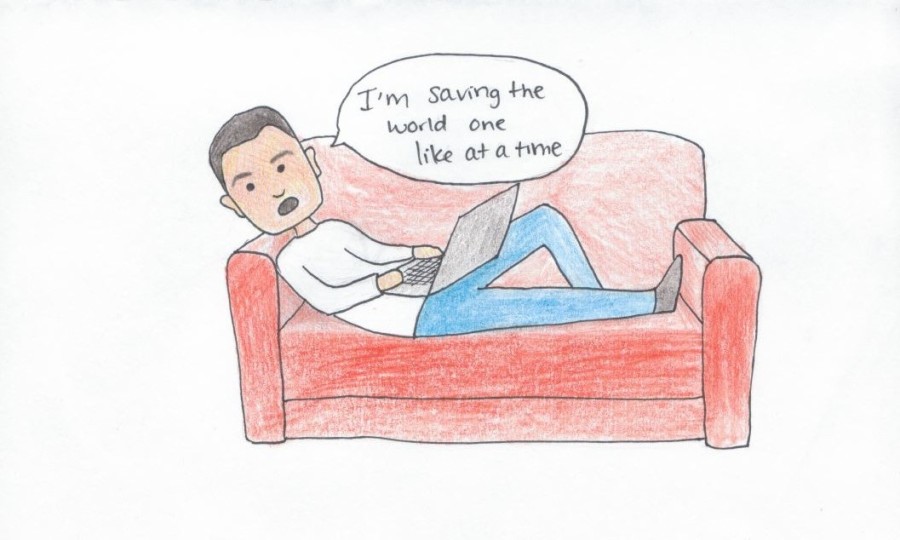“I nominate you to take the ALS Ice Bucket Challenge, y’all have 24 hours to complete the mission or to donate to the Foundation for research.” That said, almost each and every video captures people drenching themselves with ice cold water while shouting this tagline out loud to promote others to join the cause.
According to Forbes, this powerful social media dare during the summer has garnered over $100 million for the research of ALS, or more commonly known as Lou-Gehrig’s disease. The proliferation and the influence of this campaign have been greater than any movement seen so far. A successful strategy, the Ice Bucket Challenge became a genius tool that acquired international endorsements and also spread the awareness of this incurable neurodegenerative disease.
Instead of employing an overused strategy that simply asked for donations, the ALS Foundation added flair to the unique fundraising campaign, attracting younger and older generations alike. The campaign became an anthem, uniting the world and gathering each and every citizen to work together for a single cause.
Saisuki Putumbaka ‘16 shares the same sentiment voicing, “I personally think it was a successful campaigning strategy because it reached all over the world – my relatives in India and Australia were doing it too.”
The challenge made ALS the most searched word on the Internet while it also gave rise to many other similar campaigns whose aims were focused on expanding the knowledge of certain topics and on raising consciousness of other important issues. In India, for example, people introduced the ‘Rice Bucket Challenge’ to spread awareness about hunger, a problem which most of the poor people face. By donating rice, instead of money, the Indian population is trying to ameliorate the situation of hundreds and thousands of malnourished children.
However, taken into another light, the campaign has reaped some disapproval. Critics claim that the challenge is being used for publicity rather than actually raising awareness – slacktivism, as analysts call it, is people’s obsession with that ‘like’ button on Facebook, that ‘heart’ button on Instagram and that ‘follow’ button on Tumblr. Some assert that the challenge has created a more of a popularity statement for people, blinding them and making them ignorant about the actual difficulties the afflicted face.
On the same note, Evan Zhang ‘16 further elaborates, “I think it worked in raising awareness and gaining donations but I think most people missed the point of it and just wanted to see people dump ice water on themselves.”
But every charity is not perfectly sculpted. People might engage in the challenge for the sake of increasing the number of likes of their videos; however, this campaign indeed proved its effectiveness because within six months itself, the Foundation accumulated approximately $100 million funds compared to the mere $2.7 million funds in 2013.
Just as Sanath Nagaraj ‘16 notes, “Although it did cause a social media uproar, it was pretty effective because it raised a lot of money for the cause as people like Charlie Sheen and Bill Gates donated large sums of money to research.”
The ALS Bucket Challenge demonstrated the amount of power and influence social media possesses. Setting a precedent and encouraging other similar charities, the fundraising showed that using innovating means can yield worthy results that might change the course of the entire globe.
Overall, even if there are some narcissistic people concerned about just augmenting the amount of likes of their videos, there are other people who care about the seriousness of this disease. By engaging the whole world, the ALS Ice Bucket Challenge created a force for not only the well-being of the present but also for the future.

